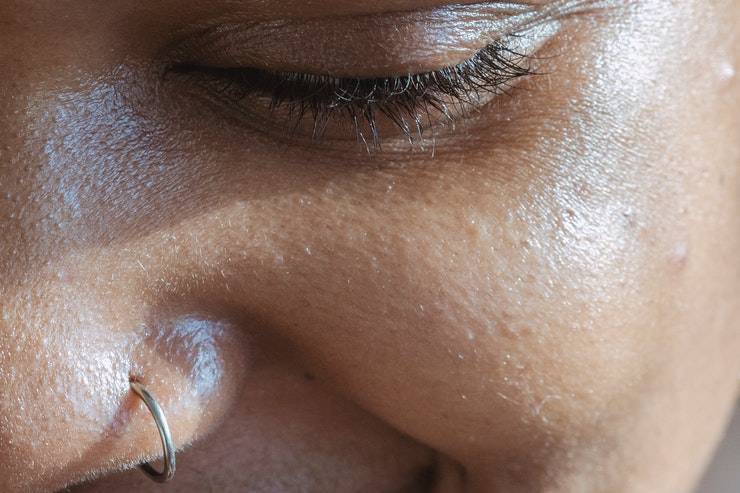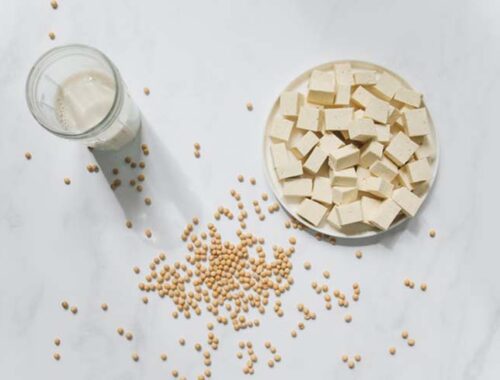When we define types of acne, we usually refer to whether it is inflammatory or not and the size and shape of the lesion.
There are the microscopic small comedonal acne that can be in the form of whiteheads (open comedo) or blackheads (closed comedo).
A more serious formation of acne are the nodules and pustules. Nodules are large and firm and exist below the skin, whereas pustules are yellowish bumps that are pus-filled.
There are acne forms which are non-inflammatory, carry no pus but only appear as red spots. These are commonly referred to as pimples.
Of all acne cases, cysts are the worst. Cysts are sac-like formations filled with pus that is spread under the skin tissue in a diameter of 5 mm or more across. The pus runs deep below the skin’s surface, which often results in serious pain.
Not all cysts are caused by inner factors. Some may be the result of squeezing small pus-filled acne, causing the pus to run even deeper into the skin and aggravating the infection.
Acne vulgaris is the most common form of acne, containing both whiteheads and blackheads.
Acne rosacea is characterized by a flushed appearance of the face due to the enlargement of blood vessels which is caused by inflammatory bumps. The most common places acne rosacea appears are on the chin and
forehead.
Perioral dermatitis is the form of acne which young women suffer from. The common places where these tiny papules appear are around the mouth and on the chin.
Acne conglobata is another severe form of acne that affects the chest, back and the face. This is an intensive form of acne vulgaris where multiple cysts and nodules are spread in large areas. Acne conglobata is more common
among men.
Need guidance on how to get rid of your acne? Check out my Acne No More program





No Comments